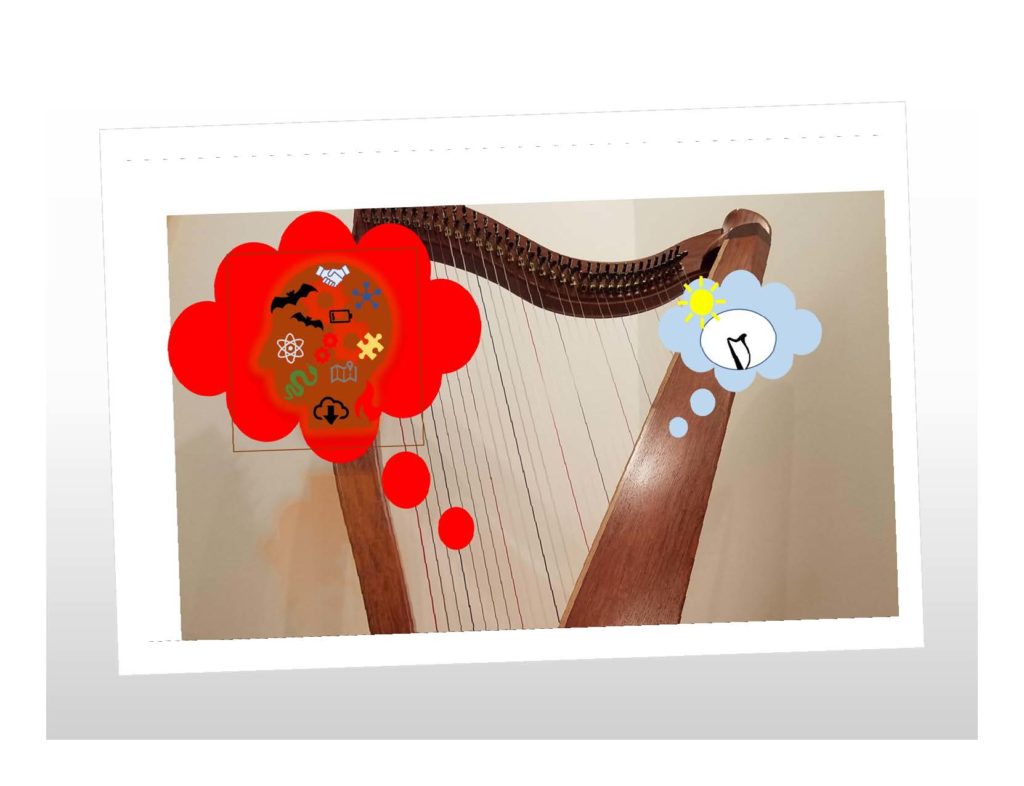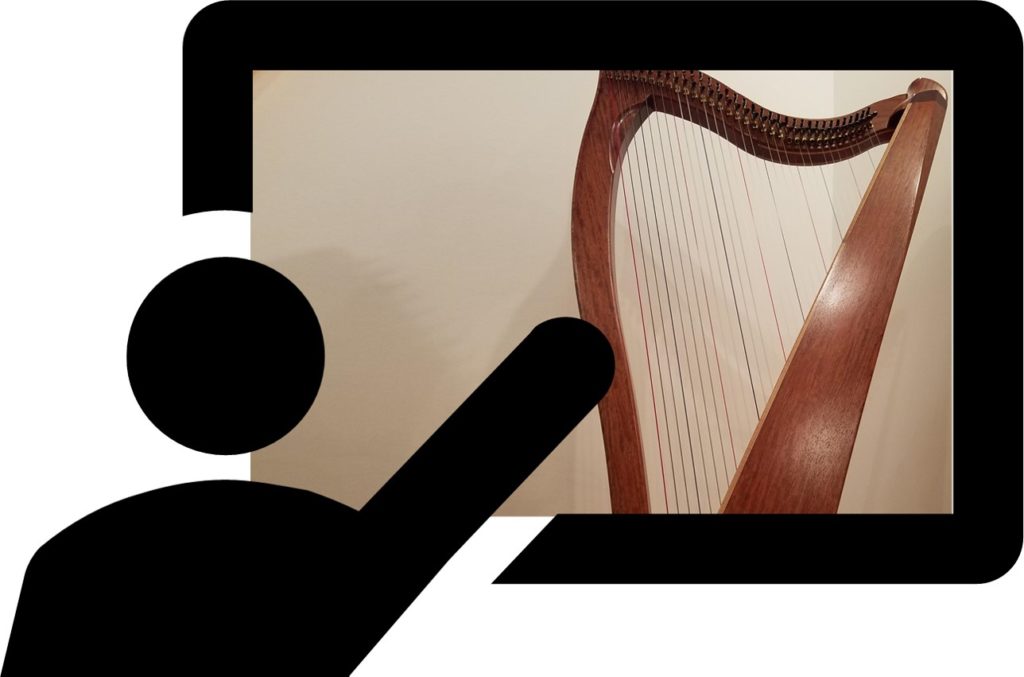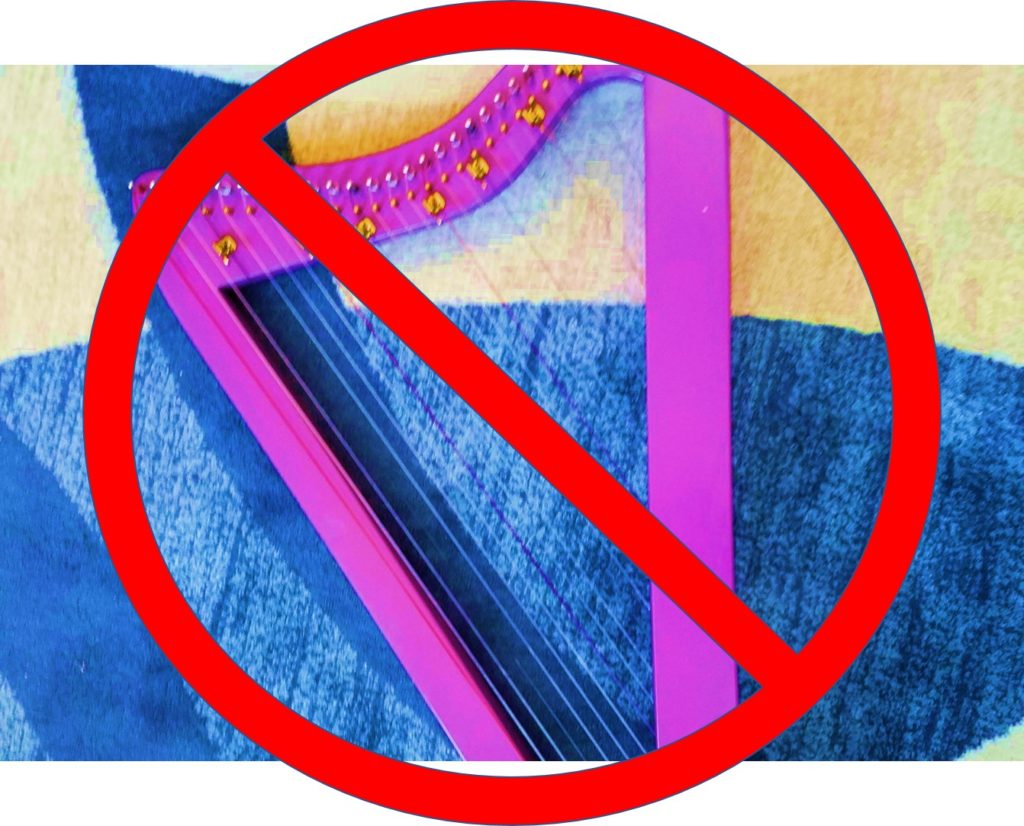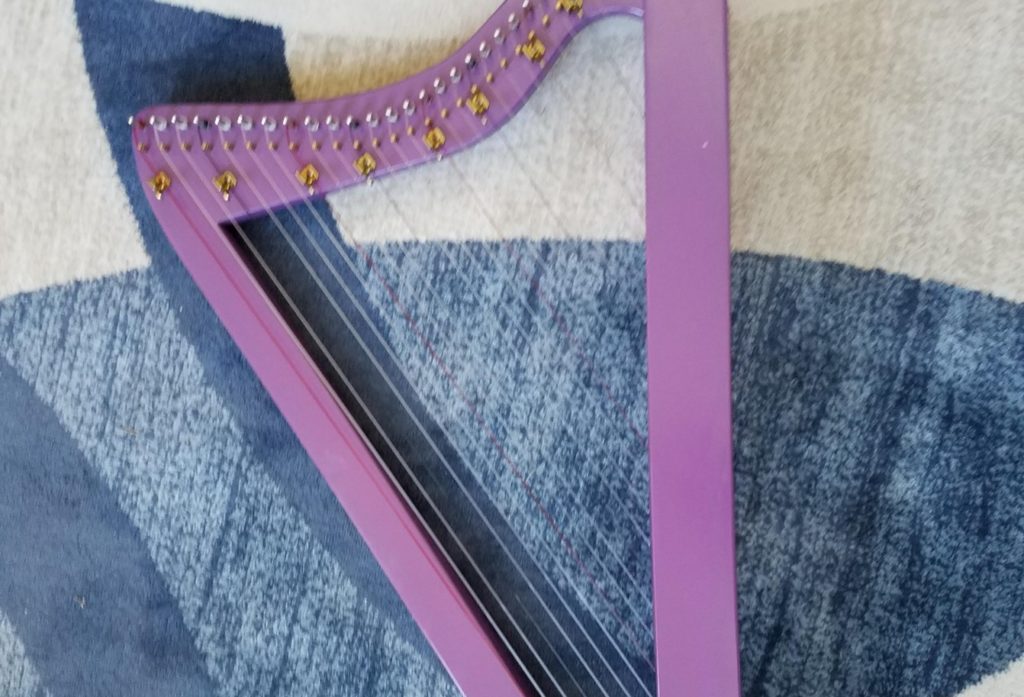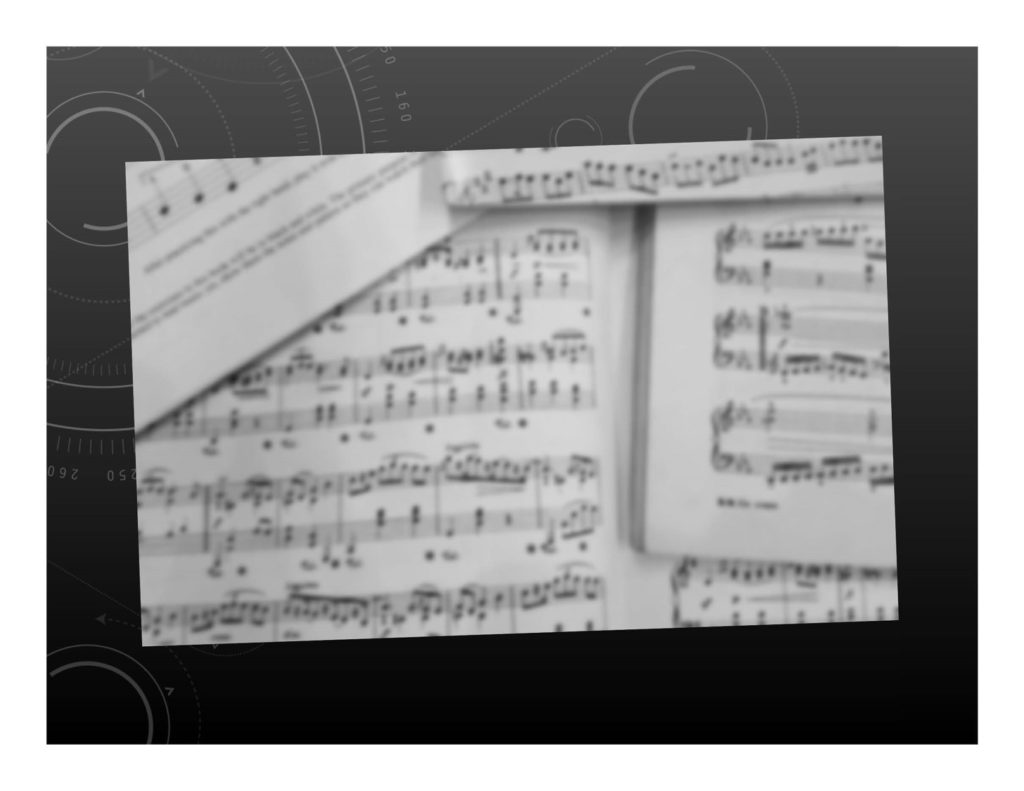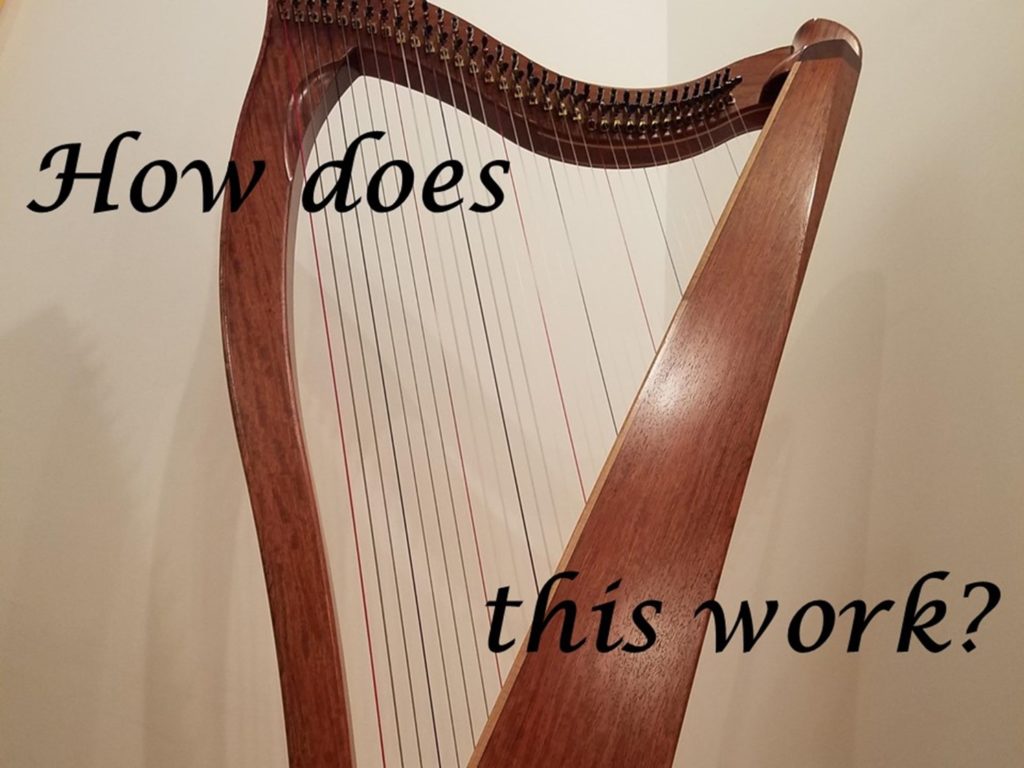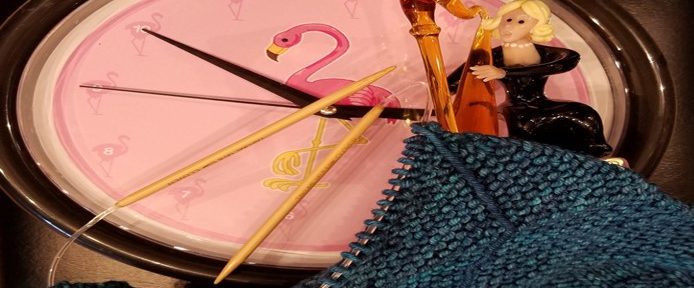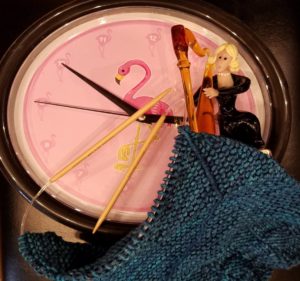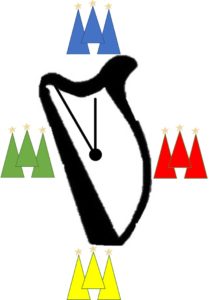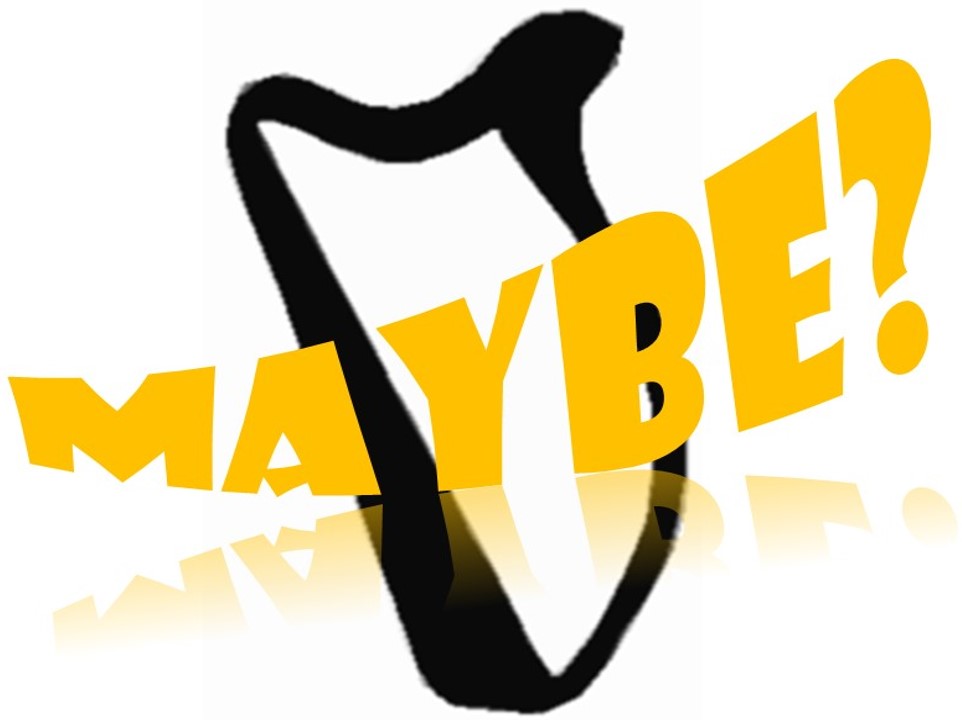It’s nearly the end of March, the time when we feel like it should be warm and glorious. These are the days that beg to be enjoyed. And the weather guesser said it is Spring. And yet, it is cold, dreary, and windy. It doesn’t feel like it will be glorious any time soon. And although the forsythia has bloomed, the ground is still too cold to do Spring-like things. And so, we look longingly out the window, weary of donning coats we’d prefer to take to the cleaner to put away until the winter comes again.
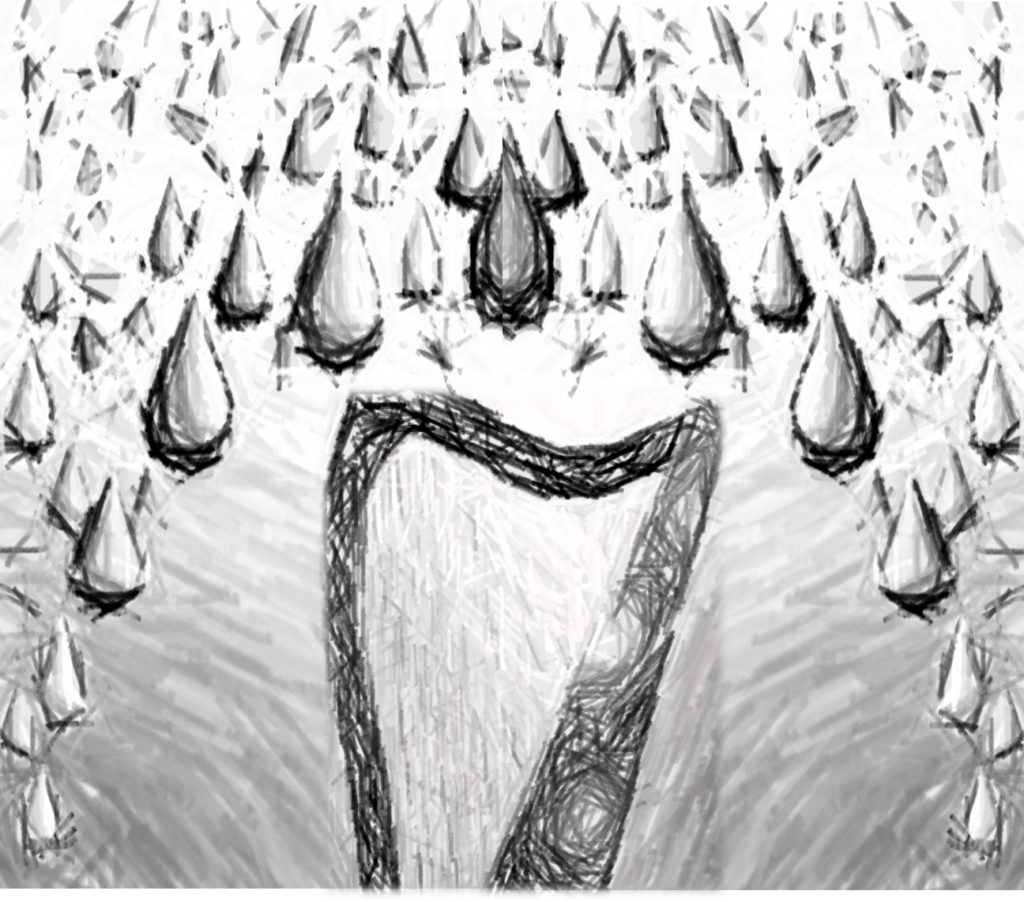 Given this, we should be delighted to stay indoors, in the warm, holding a cup of tea, practicing like mad. And yet, these are days in which it seems very difficult to bear down and practice. Competitions aren’t for weeks and weeks (NB Scottish + Welsh Harp Day is 5 May!). It’s that lull between the holidays and the mad Summer weddings season. So, why is it that we…just…can’t…even…get to the harp?!? Or if we do get to the harp, we diddle but don’t really practice – why?!?
Given this, we should be delighted to stay indoors, in the warm, holding a cup of tea, practicing like mad. And yet, these are days in which it seems very difficult to bear down and practice. Competitions aren’t for weeks and weeks (NB Scottish + Welsh Harp Day is 5 May!). It’s that lull between the holidays and the mad Summer weddings season. So, why is it that we…just…can’t…even…get to the harp?!? Or if we do get to the harp, we diddle but don’t really practice – why?!?
Maybe it’s inverse cabin fever – or maybe the doldrums of not having anything urgently pressing on our calendars? Or maybe we need the rest?
No matter the reason, this is a time when we also pile on guilt because we know we need to be practicing. But even that doesn’t seem to goad us to action. Let’s face it – we…just…can’t…….get on the bench!
So, how do we get out of this? This is slightly different from your regular practice, if only because you are specifically trying to lure yourself onto the bench. So, it’s more about getting there than being there. Once you get there – you know what to do!
Here are seven ways to help you get to the bench and get moving again:
- Make an effort to say hello. No, seriously, walk up and just say hello to your harp. This might seem silly but try it. Humor me. Maybe even touch it. This is especially important if you don’t have a dedicated space for your harp and you must move it to play. Sometimes, saying hello is all it takes to remind you that – why, yes, you would like to play, just a little.
- But maybe the simple greeting doesn’t evolve to playing. You could simply sit on the bench. If you are really a hardcore case, convince yourself that you are timesharing – sitting on the bench is a start toward practicing AND it is housekeeping – dusting is important too. So, it could qualify as home care. But, often simply placing your behind on the bench leads to playing.
- If the first two haven’t lead to you playing (or left you racked with scandalous guilt), maybe commit to playing for just 5 minutes. Get out your trusty timer, because you wouldn’t want to cheat! Just spend those 5 minutes playing a-n-y-t-h-i-n-g (really – anything!). Make sure you enjoy the time – because it could lead to longer bouts of playing.
- Still not making it to the bench? Make a date with your harp. Write it down on your calendar. This is not the time to get up an hour early or to skip dinner. Just make – and keep – a date with your harp. It could be a 5-minute date, you could meet for coffee, it doesn’t have to be long, just be sure you keep the date.
- Get a buddy (especially useful if you know someone else in the same boat). Work with your buddy to be accountable. Although this might work best with another harper, your buddy can be anyone trying to be accountably motivated – to exercise, to diet, to read more, whatever. You can help each other by checking in each day to assure you both stay motivated and do what you mean to. Knowing you’ll be embarrassed to have to tell someone else that you didn’t get to it is very motivating for getting it done!
- Accountability buddy too cheesy for you? Be accountable to yourself! Keep a log of your progress.
- Plan a treat. While you could give yourself a cookie every time you make it to the harp, a better treat might be to select a piece of music you would like to learn. That might take more time than you’ve allotted at this point, but it could be a nice carrot!
Whatever you choose as a means to help yourself get motivated – the real point is to get you back to playing! And cut yourself a break. But if it helps, remember that regular practice – even for a short duration – will move you farther along than long, but sporadic, practice. Whatever you do, don’t hector yourself. You’re not quitting after all, you’re just reminding yourself how much you enjoy playing.
The Spring will come, and with the sunshine and longer days, you will look forward to getting back – so use these tips to help pass the time ‘til you get there. Do you have other ways to get yourself back when…you…just…can’t….? I’d love to hear them (in case I need a new way the next time I’m in the same state!).
